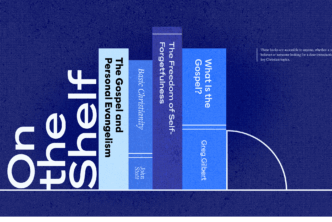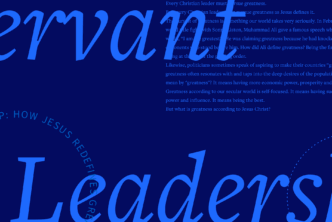This neglect is in part due to the fact that many scholars think it is actually a composite of several letters (often sensing a split between chs 1-9 and 10-13); and some believe 2 Cor 6:14-7:1 is a non-Pauline textual insertion. Under these circumstances, it would be very hard to sense what problems or opponents lie behind the text and to produce a unified interpretation of the canonical text known as 2 Corinthians.
So—long story short—it often gets sidelined in discussions of Paul’s theology. Personally, I think the partition and interpolation theories are academic nonsense.
TECHNICAL
Murray Harris (NIGTC). In a review, Craig Blomberg once referred to this meticulously detailed commentary as a perfect specimen of “historical-grammatical-lexical” exegesis. This is an apt description. Harris does not engage with new methods or approaches to 2 Corinthians; he sticks to classic commentary-style discussion of Greek text and meaning. If you want a sturdy guide to the Greek text, this is it. In 2007, Harris published a more popular-level version of his work, focusing on the flow of the text in REBC (Revised Expositor’s Bible Commentary). Amongst the technical commentaries I mention, Harris is the only one that believes 2 Corinthians as we have it today began as one whole letter.
Victor Furnish (AB). Furnish has a solid reputation as a Pauline scholar. He published this commentary in 1984, so it can feel rather outdated, but his work is still worth consulting. He has expertise in analyzing the social background and situation in Corinth, and he is also interested in theological issues in the text related to suffering and Christology.
Margaret Thrall (ICC). Like many scholars, Thrall argues that 2 Corinthians is a composite of 3 Pauline letters. This two-volume set is very detailed; she leaves no exegetical issue untouched. It would be difficult to utilize her work for a panoramic perspective on the whole letter—it serves better as a reference guide to debates on certain verses or words.
Ralph Martin WBC (1984, revised 2014). Some people find the format of the WBC clumsy, but that should not stop readers from engaging with Martin’s well-balanced treatment. Caution: it was not comprehensively revised in 2014, only partially supplemented, so it represents a bit of an older era of scholarship. See my blog review here.
Own It: Harris
(Caveat, I think we are still awaiting a master-class technical commentary on 2 Corinthians; while I put Guthrie in the section below, I might use his work as a stand-in for a technical commentary)
Semi-Technical
George Guthrie (BECNT). Guthrie’s commentary is one of the most readable and useful commentaries for pastors who want clear exposition, fair judgements on debated issues, and sensitivity to life issues in ministry today. He provides a sensible theory of Paul’s opponents that has helped me better navigate this letter.
David Garland (NAC). In the previous post, I recommended owning Garland’s 1 Corinthians (BECNT) commentary; this would make a nice complement, albeit in a different series. It is less technical than the BECNT series, but still brings Garland’s characteristic theological insight and pastoral wisdom, along with trenchant exegetical analysis. This is almost always the first commentary I consult on 2 Corinthians for exegetical and theological matters.
Witherington (SR). Witherington’s commentary on 2 Corinthians is paired with 1 Corinthians, which I commented on previously.
Frank Matera (NTL). You will find that I am a fan of Matera, who is always looking at the forest of a NT book and not getting too lost in the trees. He keeps the commentary focused on the most important issues that contribute to a smooth reading of the letter. He makes sensible, balanced exegetical decisions.
Own It: Garland
Non-Technical
Scott Hafemann (NIVAC). Hafemann has become a leading expert in the area of “whole-Bible” biblical theology. This lay-level commentary packs a powerful theological punch for its modest size.
Ernest Best (Interp). Best is a respected Pauline scholar from a former era of biblical studies. This commentary might feel a bit outdated in language (1984), but is still worth consulting. He moves almost seamlessly from textual issues to theology and modern reflection.
Hidden Gem: Not many people know that John Barclay wrote the short “2 Corinthians” entry in the Eerdmans Commentary on the Bible. As expected, it is outstanding, though I wish he wrote a full-sized commentary on this letter!
See the rest of Nijay’s Best Commentaries series at this link.
]]>














